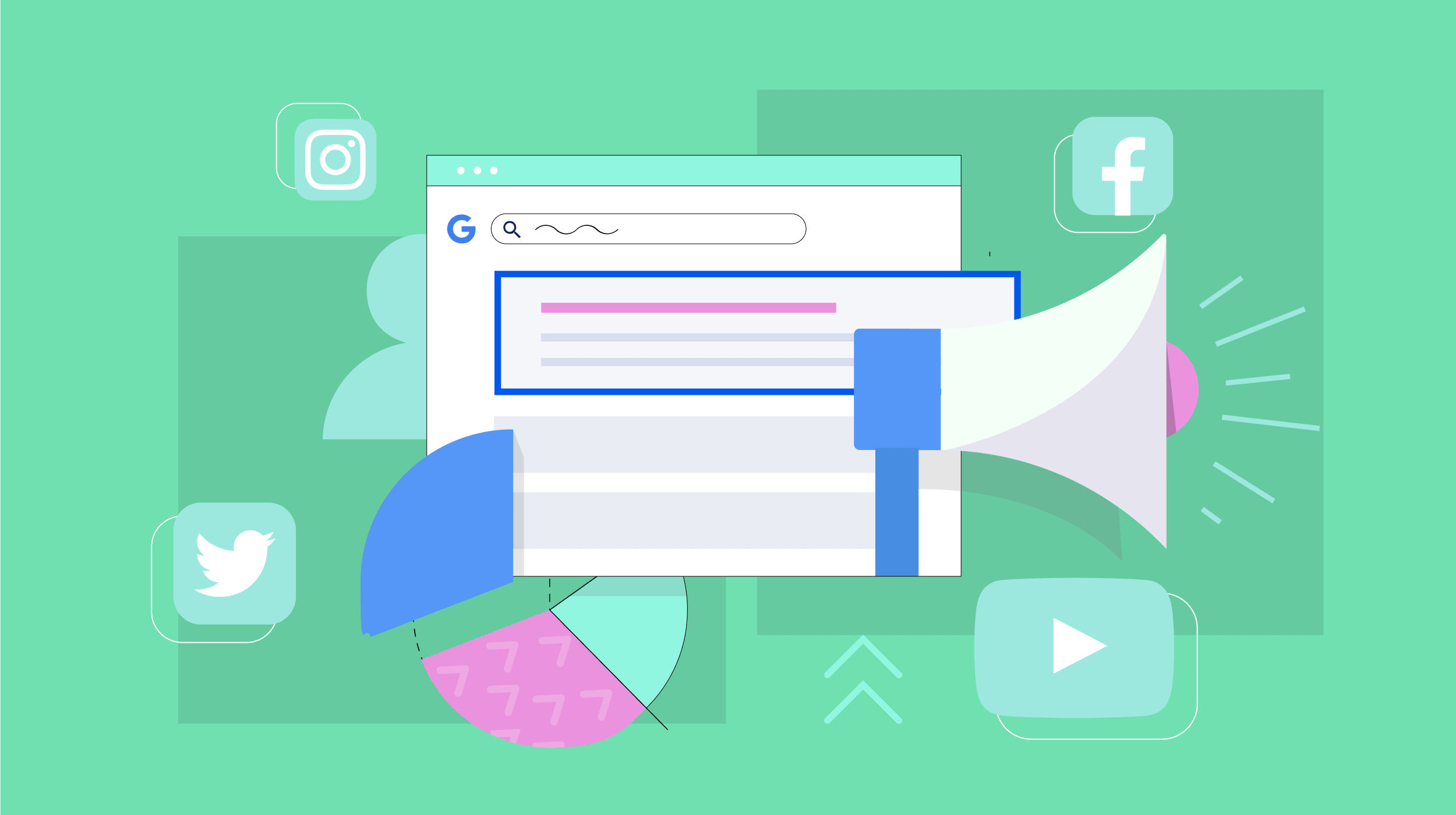9 Simple Ways to Write a Good Introduction Sentence
There's a lot of material out there about writing a great headline. But what about writing a good introduction sentence?

There's a lot of material out there about writing a great headline. But what about writing a good introduction sentence? Compelling readers to read the article is an art form in itself. And if you don't do it well, you're missing out on potential subscribers, leads, and customers. In this post, we'll share how to write powerful introductions that turn casual browsers into readers. Article introductions matter, and here’s how to make them count. I’m a big fan of short sentences. I love them because people can understand them easily. There's great value in short sentences that are readable, digestible, and punchy. Writers often get caught up in the pressure of a good intro that they deliver long, run-on sentences. The problem with these sentences is that it makes readers work hard, which isn’t a great incentive to keep reading. There is no definitive answer for how long an introduction should be but our rule of thumb is up to 3 short paragraphs. Readers are impatient to get to the meat of the article so don't bury the lede deep in your article – cut to the chase. You've probably heard advice like "Create a hook" and "Grab the reader's attention." But what kind of stuff actually grabs someone's attention? Here are some great options: Think about it – your reader has already clicked on the headline. So, they’re interested in your topic. But now, you have to reel them in a little further. If your very first sentence is interesting enough to make people want to read the next one, then you've done a good job. You only have a few seconds to make a strong impression in your intro. It’s a wasted opportunity to repeat your headline. Instead, take advantage of your chance to reinforce that title and to set the stage for the article and the value it will bring. The word “you” is a powerful word. It tells the reader that you, the author, are writing the article with them in mind. You empathize with them, you care about them, and you want your piece to resonate with them. It's a simple trick that establishes a crucial connection with your reader. What will you be covering? What will the reader learn? How will this help them? These are all questions you should answer in your intro. This sets the reader's expectations and helps them navigate your article. They might just jump to the section they’re most interested in or read the whole thing. For example: It may be obvious to you why your article is important to your readers, but it’s up to you to emphasize its value and put it in context. For instance, say you’re writing an article about TikTok written for a marketing audience. You could lead with a surprising TikTok stat about its user base. Here’s an example: “In the past two years, TikTok’s user base has grown by 15% while other platforms are seeing stagnant or declining engagement. This suggests that marketers may want to pay more attention to this short-form video platform.” In two sentences, you’ve presented an interesting tidbit and explained why it matters. Take the introduction to this article, you'll recall the following sentence: “And if you don't do it well, you're missing out on potential subscribers, leads, and customers.” My goal here was to connect the topic of blog post introductions to a business’ bottom line. Everyone in every field has their set of problems. You should have some listed already from when you created your buyer personas. Communicate your awareness of those problems in your introduction and you're more likely to gain a sympathetic reader. People want to solve their problems, and articles that explain how to do this will help you earn readership. A lot of people will tell you that you need to write a story in the introduction. Stories can work, as in the example above, but there are good and bad ways to tell stories in your intro. Do use storytelling to spark the reader's curiosity and empathize with her. But don't get carried away and write a long-winded story that loses readers along the way. Remember the tip about keeping introductions short? That still applies when you're telling a story. Here's an example from one of my own QuickSprout blog posts: Notice that I highlighted the "empathy" section in the first sentence. Here, I helped form a connection with my readers. Then, I told a short story about my own experience. After that, I finished the introduction with what's next. If you do begin your article with a story, here's a tip: Don't reveal the conclusion until the reader is deeper into the article, or even until the very end. When journalists begin a news story, they often give readers an eye-catching stat or fact about what's going on. As a blogger or any type of writer, a really interesting stat or fact will draw your reader in and show them why your topic is really important. For example, say you're a plumber writing a blog post on pipe replacement. You might pull in more readers if you start a post by explaining how frequently old pipes burst in the winter. If readers see that this is a common issue that others face, they might keep reading to learn how they can avoid it. The next time you write an article introduction, think about what kind of introduction would make you want to read the article. To compel you to read past the introduction of an article, you want to read something unique, fresh, and engaging. You want to hear about yourself and your problems, making the article a must-read to help solve them. Introductions are hard, and writing effective ones takes time and practice. But remember, it's all worth it if it means keeping the attention of a few more of your readers.

How to Write a Good Introduction Sentence
1. Keep it short.

2. Say something unexpected.
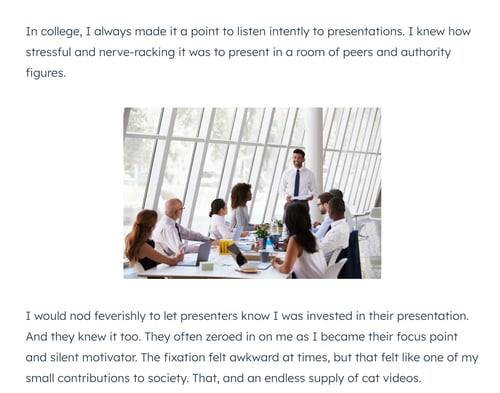
3. Don’t repeat the title.
4. Use the word “you” at least once.
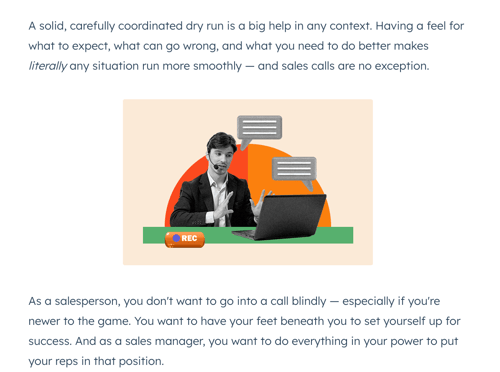
5. Tell readers what's coming next.
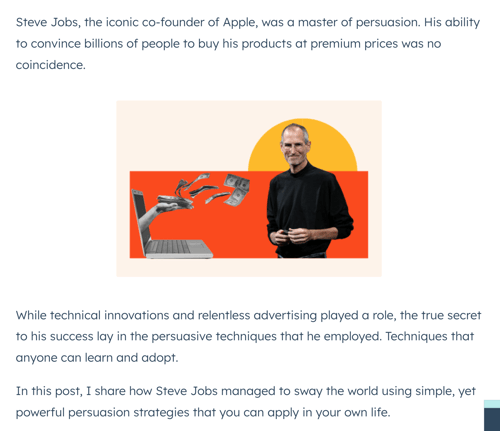
6. Explain why the article is important.
7. Refer to a concern or problem your readers might have.
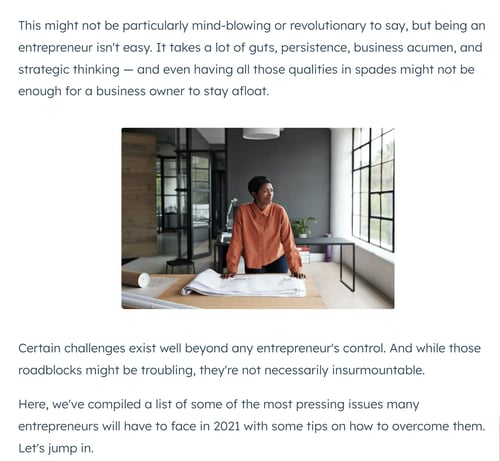
8. Be careful telling stories.
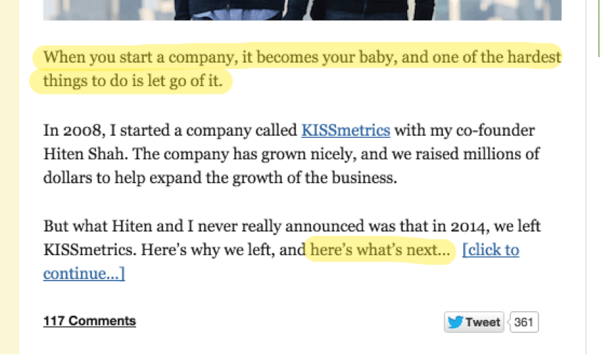
9. Use a stat or a fact to convey urgency.
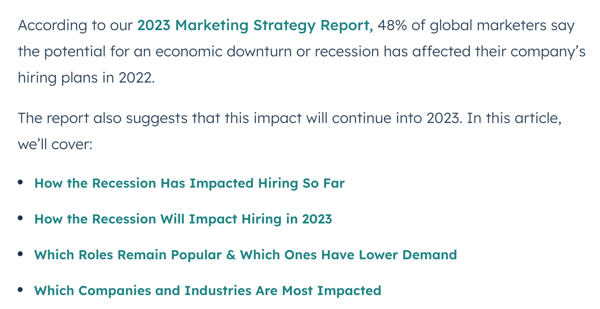
Introduction Takeaways

 KickT
KickT 










![How to Deal With Negative Comments on Social Media [+ Examples]](https://blog.hubspot.com/hubfs/Copy%20of%20Untitled-May-06-2022-04-54-09-47-PM.png#keepProtocol)


![Building a Successful Business: 5 Foundational Metrics [VIDEO]](https://www.digitalmarketer.com/wp-content/uploads/2022/04/Building-a-Successful-Business-5-Foundational-Metrics-1024x576.png)















